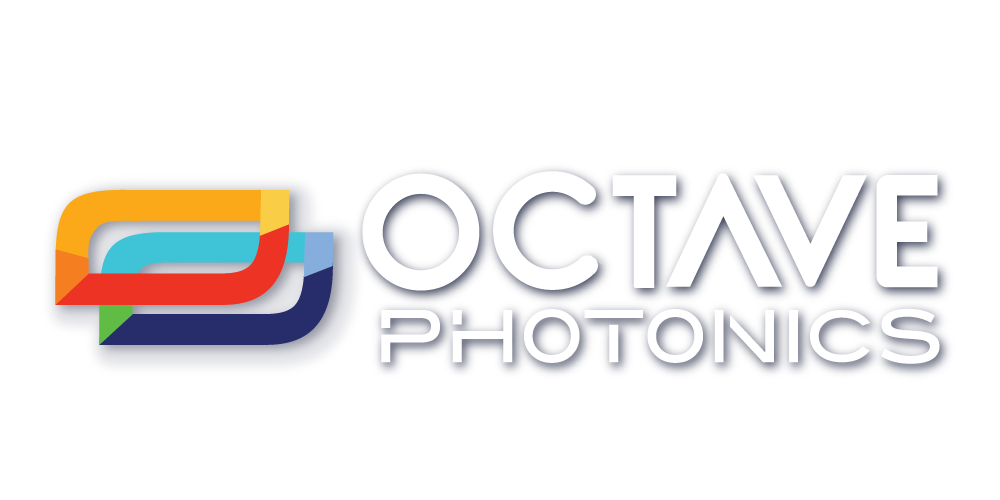Optical Atomic Clocks
The precision of a clock is limited by how fast its “pendulum” swings. So, for the past several hundred years, humans have built clocks with faster and faster “pendulums”, trading the actual pendulum for spring-loaded wheels and then rapidly vibrating quartz oscillators, like those in modern-day wrist watches. Scientists have taken things further, and the second is currently defined as 9,192,631,770 periods of a certain atomic absorption of the cesium atom. This frequency (of about 9 GHz) is trillions of times faster than the pendulum in an old clock, but is still not high enough for some applications. So, scientists are now building atomic clocks that operate at optical frequencies, which are about 10,000 times faster, in the 100’s of THz range.
These optical atomic clocks (or “optical clocks" for short) utilize narrow-linewidth electronic transitions in atoms and ions as an extremely stable frequency reference. While many different atomic species can be used for optical clocks, each one operates at a distinct transition frequency. Furthermore, the highest performance systems today are based on ultracold ensembles of atoms that require a supporting suite of many different lasers for cooling and trapping, in addition to the clock laser itself and the frequency comb for signal readout. The result is that many different wavelengths across large optical bandwidths must be mutually stabilized.
Figure 1: A nanophotonic device for a strontium-based optical clock. (top) The input laser is split three ways, with each path generating light for a specific purpose. (bottom) The spectra generated from the three different paths show light at different spectral regions. The 922nm light is doubled to 461nm for use as the cooling laser. The 780 nm light is used for f–2f self-referencing of the frequency comb. Lastly, the waveguide that produces light near 690 nm is used for a second stage of laser cooling and to probe the clock transition itself.
Supercontinuum generation with an optical frequency comb offers a coherent bridge between optical clocks operating at different wavelengths. Using the versatility of integrated nonlinear photonics, we can design supercontinuum modules tailored to cover multiple specific clock frequencies, as well as important lines for laser cooling and trapping. Figure 1 shows how a single nanophotonic device can be used to generate multiple wavelengths for a strontium-based optical clock.
Octave Photonics offers the design of custom nonlinear devices that can generate multiple wavelengths for specific applications. Contact us today.
Further reading:
D. R. Carlson, D. D. Hickstein, A. Lind, J. B. Olson, R. W. Fox, R. C. Brown, A. D. Ludlow, Q. Li, D. Westly, H. Leopardi, T. M. Fortier, K. Srinivasan, S. A. Diddams, and S. B. Papp, "Photonic-Chip Supercontinuum with Tailored Spectra for Counting Optical Frequencies," Physical Review Applied 8, 014027 (2017). https://arxiv.org/abs/1702.03269
Z.L. Newman, et. al. “High Performance Compact Optical Standard,” Optics Letters, 46, 4702 (2021). https://arxiv.org/pdf/2105.00610.pdf


